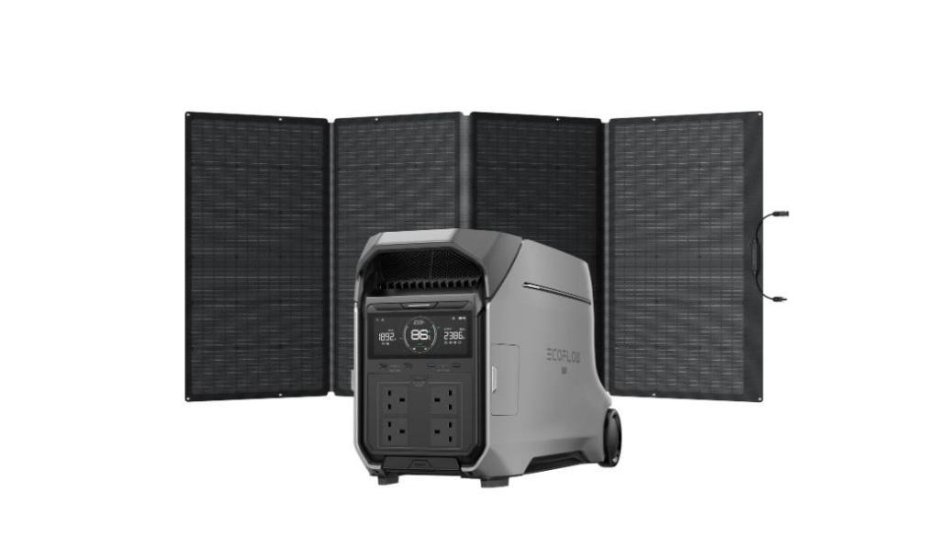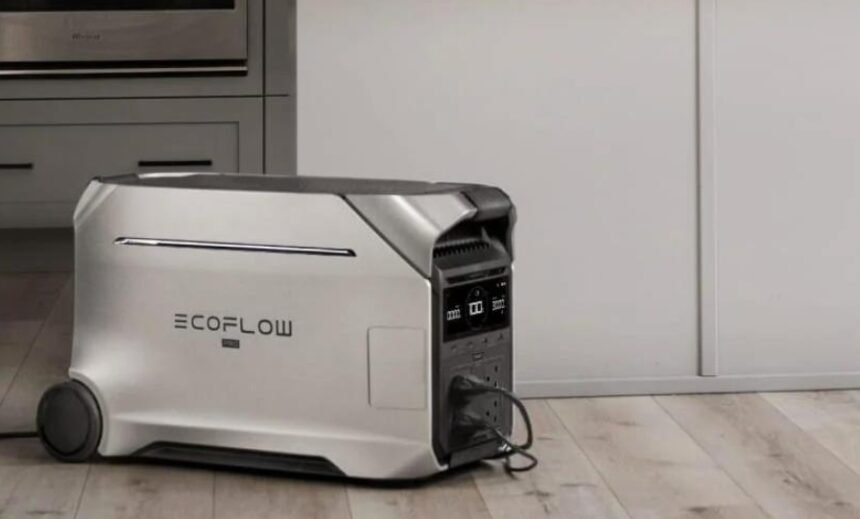When people think about backup power, they often picture noisy, fuel-powered generators. These machines have been the go-to choice for decades, but modern technology has introduced an alternative: the portable power station. Both provide electricity during outages, outdoor trips, or emergencies, but they operate in very different ways. Generators rely on combustion, producing exhaust and noise, while portable systems use stored energy in batteries. This difference shapes not only performance but also safety, convenience, and environmental impact. Understanding these distinctions helps households, travelers, and businesses make smarter decisions about energy. Let’s examine the key differences that matter most.
Core Functional Differences
Power Source And Operation
Generators run on fuel like gasoline, propane, or diesel. They burn fuel to produce electricity, which limits their indoor use and requires constant refueling. In contrast, a portable power station uses rechargeable batteries. Users can charge them from wall outlets, solar panels, or even car adapters. This makes them versatile and far easier to operate, requiring no fuel handling. Systems like the EcoFlow DELTA Pro 3 Portable Power Station offer multiple charging options, reaching 0–80% in one hour. The difference is clear: generators create power by burning fuel, while stations store and release energy as needed.
Indoor And Outdoor Safety
Traditional generators cannot be used indoors due to toxic emissions. Carbon monoxide poisoning remains a serious hazard, making ventilation mandatory. Portable stations eliminate this risk by operating without combustion. They produce no fumes, making them safe for bedrooms, living rooms, or even RVs. The EcoFlow DELTA Pro 3 takes safety further with its IP65-rated battery pack and advanced monitoring through the X-Guard system. This continuous protection ensures safe use across different environments. For families, the ability to run power inside safely is one of the most significant differences between the two solutions.
Noise Levels And Comfort
Noise separates these two categories as much as the power source does. Generators often roar above 70 dB, disrupting sleep, work, or outdoor activities. Portable stations, built for silence, operate at whisper-quiet levels. The EcoFlow DELTA Pro 3 runs at just 30 dB under moderate load—quieter than a refrigerator. This makes it suitable for indoor use, nighttime operation, and shared environments like campgrounds. Quiet performance is not just a luxury; it is a practical improvement that allows energy use without adding stress. In this category, portable stations outperform generators by a wide margin.
Practical Use Case Differences
Home Backup Capabilities
Both options provide backup during outages, but how they integrate into homes differs. Generators often require manual setup, fueling, and noise management. Portable stations are designed for seamless backup. The EcoFlow DELTA Pro 3 offers a 10 ms switchover to keep fridges, Wi-Fi, and lights running without interruption. It can also connect directly to home circuits, functioning as a whole-home backup without the hassle of fuel. This simplicity makes portable stations more accessible to households that want reliability without complex installations. For blackout security, integration and convenience make a major difference.
Travel Flexibility
Travelers value lightweight, versatile energy. Generators are bulky, fuel-dependent, and often restricted in campsites due to noise or safety concerns. Portable stations, by contrast, are built for mobility. They power RV appliances, camping gear, and outdoor entertainment without disturbing the environment. The EcoFlow DELTA Pro 3 expands up to 12kWh, supporting long trips with scalable capacity. Its plug-and-play setup allows RV owners and campers to connect devices instantly. This adaptability turns outdoor living from survival into comfort. Flexibility is where portable systems excel, giving travelers freedom without compromise.

Renewable Energy Compatibility
Generators cannot run directly on renewable sources; they burn fuel by design. Portable stations, however, can integrate solar input for sustainable use. This compatibility changes long-term value, lowering costs and reducing environmental impact. The EcoFlow DELTA Pro 3 supports up to 2600W solar input, storing energy during the day to power appliances at night. Campers, off-grid homeowners, and eco-conscious users gain independence through renewable charging. Renewable compatibility highlights a forward-looking difference: while generators remain tied to fuel, portable systems evolve with cleaner energy solutions.
Conclusion
Generators and portable power stations share a purpose—delivering backup power—but differ completely in how they achieve it. Generators burn fuel, create noise, and require outdoor use, while portable stations rely on rechargeable batteries, operate quietly, and function safely indoors. The EcoFlow DELTA Pro 3 illustrates these differences by offering high output, expandable storage, fast charging, and whole-home integration, all with silent operation. For households, campers, and professionals, choosing between the two often comes down to safety, convenience, and sustainability. Portable stations prove that reliable energy can be both powerful and practical without the drawbacks of traditional fuel machines.







